

Over just a few months, the new coronavirus disease (COVID-19) has grown from several cases in Wuhan province to a global health threat. It all started in December 2019, after which the virus was first recognized by the World Health Organization (WHO) on January 9. As of March 11, the disease was officially given the status of a pandemic. At the time of writing this article, there are over 911K confirmed cases globally, with 200k in the US alone!.
News has been brimming with the term “flattening the curve”, which comes from what science currently understands about the spread of diseases like COVID-19. Unfortunately, it looks like a massive spread of the infection is inevitable. However, a lot can be done to affect the mortality rate and how hard a hit the healthcare sector takes. By implementing social distancing, the “peak” of the outburst gets delayed and more spread out over time, meaning fewer simultaneous cases and an easier time for hospitals to treat patients.
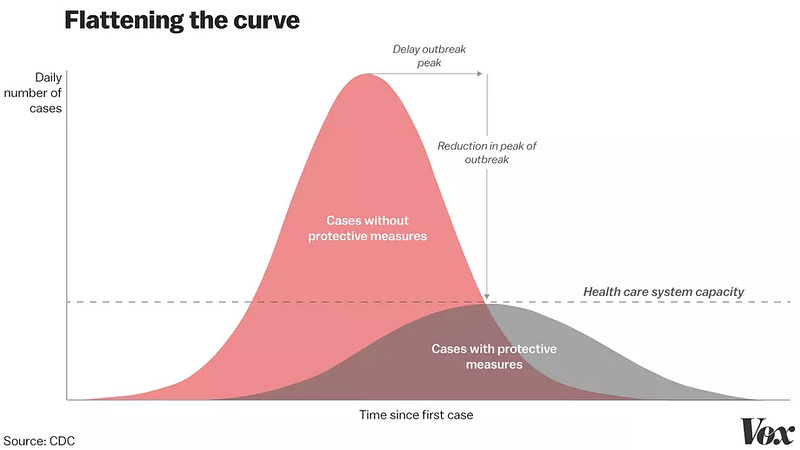
When it comes to social distancing, models have shown that even a decision delay of 1 day can lead to an extra 40% of cases, potentially overloading the healthcare system.
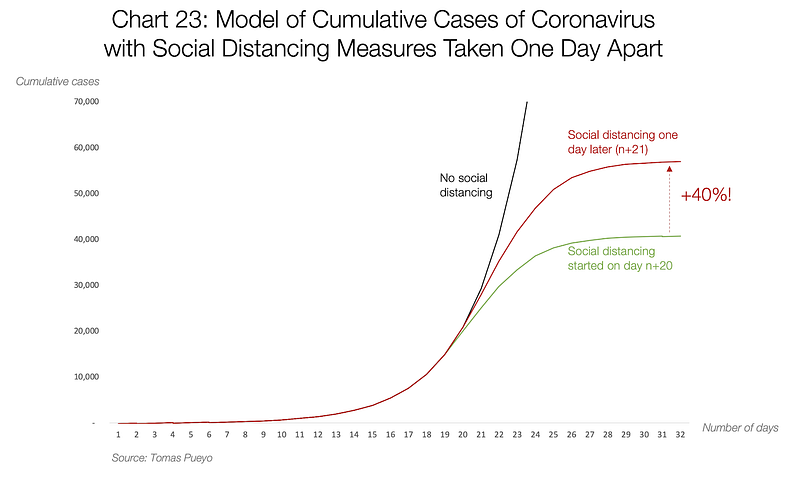
Modeling the Outbreak
There is a multitude of factors affecting the spread of a disease. Personal hygiene, travel habits, city-wide and national lockdowns, the virus’s lifetime outside a carrier — the list goes on. Predicting where and when new cases will appear seems like an almost impossible task. This is likely true for an absolutely accurate prediction, but even a decent model can help make correct decisions and plan ahead. Modeling of the spread of the SARS, Zika, and Ebola viruses was helpful to those responding to the outbreaks. For example, it was helpful in planning bed capacity in treatment centers, estimating spread related to travel, and planning vaccine trials. Similar research is already underway for the COVID-19 disease.
Currently, IHME has developed a statistical model to forecast the outbreak and model fatalities in the US. The model assumes that social distancing has been implemented and forecasts around 93K fatalities in the US. The model is updated on a daily basis as we get new information about the spread.
As of April 1st, 2020 the model was projecting the peak of the pandemic to be on April 15th with the US averaging 2607 deaths. You can track the model results in real-time on their websites: COVID-19 Projections. It is also possible to model the spread using deep-learning techniques such as Spatio-temporal forecasting. Forecasting outbreaks helps with better planning for hospital beds and resources.

Contact Tracing
Contact tracing is the process of identifying “contacts” who have interacted with infected people and are under the risk of falling sick and spreading the disease. During the outbreak of any disease, contact tracing is an important factor in slowing down the spread and informing contacts of the potential risks they may be facing. Using contemporary technology AI can harness the high connectivity of our society and assess who is at risk of spreading the coronavirus further.
Singapore has already moved from theory to straight practice, recently releasing a new mobile app that facilitates contact tracing. The app, dubbed “TraceTogether”, tracks the distance between mobile devices and the length of their interactions. Specifically, it flags cases if two people were closer than 2 meters for more than 30 minutes.
Another application deployed directly in China itself uses video from surveillance cameras to detect people with elevated temperatures in a crowd. Powered by SenseTime, the solution can operate in all sorts of public places, including airports, train stations, and office buildings.
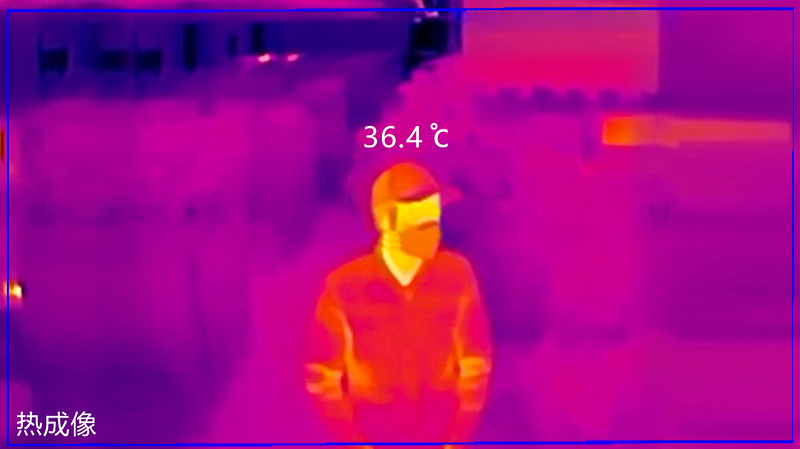
Drug Discovery with AI
The new coronavirus belongs to a family of other well-known diseases such as SARS. However, its structure is still different enough to make the creation of a vaccine lengthy and complicated. We may have to wait well over a year until a vaccine appears, and scientists around the globe are rallying to bring that date as close as possible.
Google has joined the effort and already proven the worth of its AI, the recently published deep learning system AlphaFold. The system focuses on predicting protein structure when no structures of similar proteins are available, and the team has published its predictions of the less studied proteins of the virus. Hopefully, this greater understanding of the virus‘s structure will quicken the process of vaccine development.
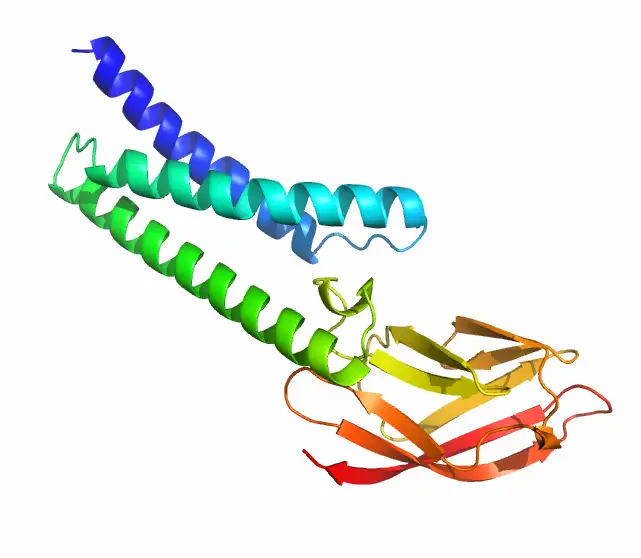
Computer modeling is being used to understand the structure of the part of the virus that infects healthy cells — the spike protein. Both researchers from the University of Texas and the University of Washington’s Institute for Protein Design have developed a 3D model of the spike protein and are now working on building new proteins to neutralize it. Incidentally, the discovered structure was accurately predicted by Google’s AlphaFold.
A non-obvious, but an extremely vital application for AI is sorting out all the research. There has been an explosion of data published on COVID-19 — over 45,000 articles within 3 months of 2020. Thanks to the Allen Institute for AI, which partnered with leading research groups around the world, all the published papers are now gathered in one place and available for the global community for free. The data set is machine-readable, meaning researchers can use natural-language processing to quicken the search for information. This process is further enhanced by developments in literature-based discovery such as SciBert, a pretrained language model for scientific text. Connecting the dots between research papers is nothing new — this was how back in 1988 magnesium was discovered as a novel treatment for migraines. With new AI tools at their disposal, perhaps researchers will make a similar breakthrough to help with the pandemic.
Quicker Case Testing
Many countries are facing thousands of cases, and even more people need to be tested on a daily basis. Cutting down on time necessary for tests can save countless lives and free up the hands of medical workers. Alibaba has recently come out with an AI that helps identify the coronavirus infection with 96% accuracy. What’s even more impressive is that the AI can present the result within 20 seconds by studying CT scans, whereas a manual analysis would usually take a doctor anywhere between 5 and 15 minutes. More than 100 hospitals in the provinces of Hubei, Guangdong, and Anhui will adopt the system.
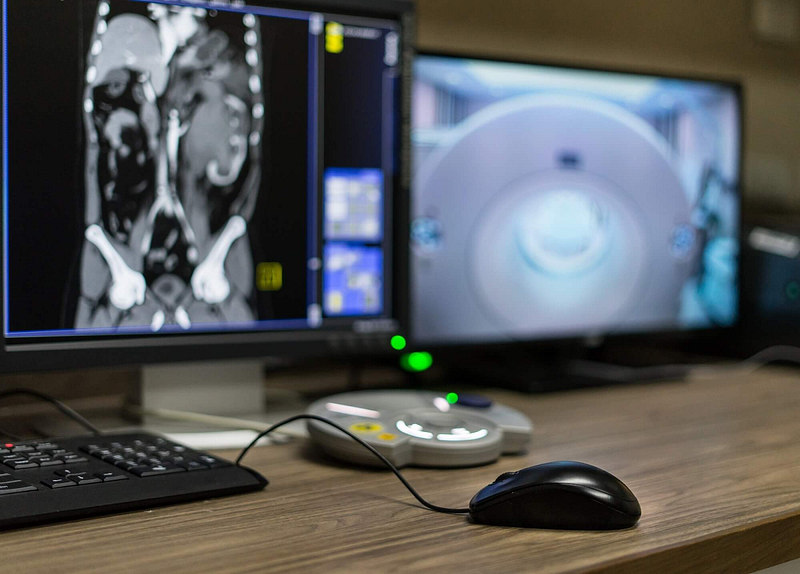
Detecting Fake News
Unfortunately, even in dire times like these, misinformation spreads on the internet like a virus itself. Conspiracy theories, dangerous treatments, and unreliable reports of vaccines can be found all over the web, and they can potentially bring even more unnecessary chaos to the already existing crisis — panic shopping of toilet paper being a rather harmless case. WHO realizes this danger, and it has teamed up with tech giants such as Facebook and Google in an attempt to stop the spread of fake news regarding the virus. Teams are working daily with social media platforms and search engines to flag posts that need to be taken down, while also pinning and spreading posts that are actually useful.
Drone Delivery & Sterilization
With a shortage of human resources, delivery drones can come to the rescue. In fact, in China, they already have. Starting in February, the Japanese Unmanned Aerial Vehicle (UAV) company Terra Drone deployed its drones in Xinchang County in Zhejiang province — one of the areas that got hit most hard by the virus. The drones are ensuring that medical samples and quarantine supplies can travel between the Xinchang County People’s Hospital and Xinchang County’s disease control center with minimal risk of infection along the way. This system is automatic, which means that not only it improves the delivery speed and reduces unnecessary contacts, but it also frees up the hands of medical personnel so they can fight the fight elsewhere. This isn’t the only case of robotics helping out with the pandemic. For example, Pudu Technology has provided its robots (usually used in the catering industry) to more than 40 hospitals across China.

Possible Future Uses
All of the applications listed above are impressive. However, perhaps the most impact AI could have on pandemics like the current one is preventing them completely. The potential to do this was already demonstrated by BlueDot, which sent out warnings to its customers way back on December 31, 9 days before WHO published its official statement.
BlueDot uses its AI to search news reports and various animal and plant disease networks to warn its clients ahead of time to avoid dangerous areas like Wuhan. As we’ve already mentioned, even a single day can make a huge difference in the total number of cases, so perhaps if the warning were taken more seriously we wouldn’t be in the current situation we are in. While it’s of little use to fret too much over what “could have been done”, this should be taken as an important lesson for the future. In a world so interconnected and filled with data of all types, AI is perhaps our only tool for finding structure among it and making the right decisions on time.
Over at RealityEngines.AI, we are collecting all the data-sources to help us build a deep-learning forecasting model and will publish our results shortly. We are also in the early stages of using AI to analyze the effect of coronaviruses on RNA sequences in human cells. This can be used in combination with the known effect of FDA-approved drugs on human cells, to predict which drugs or combinations of drugs could treat COVID-19
You can also sign up for our service and train a forecasting model with some of the available public datasets for COVID-19. Start by Requesting an invite
- Improving Open-Source LLMs – Datasets, Merging and Stacking - January 11, 2024
- Open Source LLMs, Fine-Tunes and RAG Based Vector Store APIs - October 19, 2023
- Closing the Gap to Closed Source LLMs – 70B Giraffe 32k - September 25, 2023
